► CAR drives the Nio ET5 saloon
► Two battery types, loaded with tech
► Not available in the UK just yet
Nio’s European expansion continues, with a wider range of models designed to look tasty enough for discerning (read: fussy) folk used to the establishment. The new ET5 is designed to strike right at the heartland of the European legacy car makers, as well as offer enough of an alternative to the likes of Tesla for the brand to break through.
Despite selling in small numbers, the brand is growing in confidence. But is confidence enough? We’ve tested the ET5 saloon in Germany to get a taste of what is arguably the Chinese brand’s most important car in Europe.
At a glance
Pros: Quality interior, loaded with tech, good range, swappable battery
Cons: High seating position, fiddly screen, not available in the UK yet
What’s new?
Nio as a brand itself is still a newbie in Europe, officially planting its roots in the Continent in 2015, but only just starting to sell cars from 2021. But it’s a brand that means a lot in its home market of China and has made waves over the years, particularly over its wild EP9 electric hypercar and its innovative Power Swap Stations that allow you to change out a dead battery for a charged one in minutes. Hui Zhang, Nio’s head of European operations, says that the European team has grown from 20 people in 2015 to 900 in 2024.
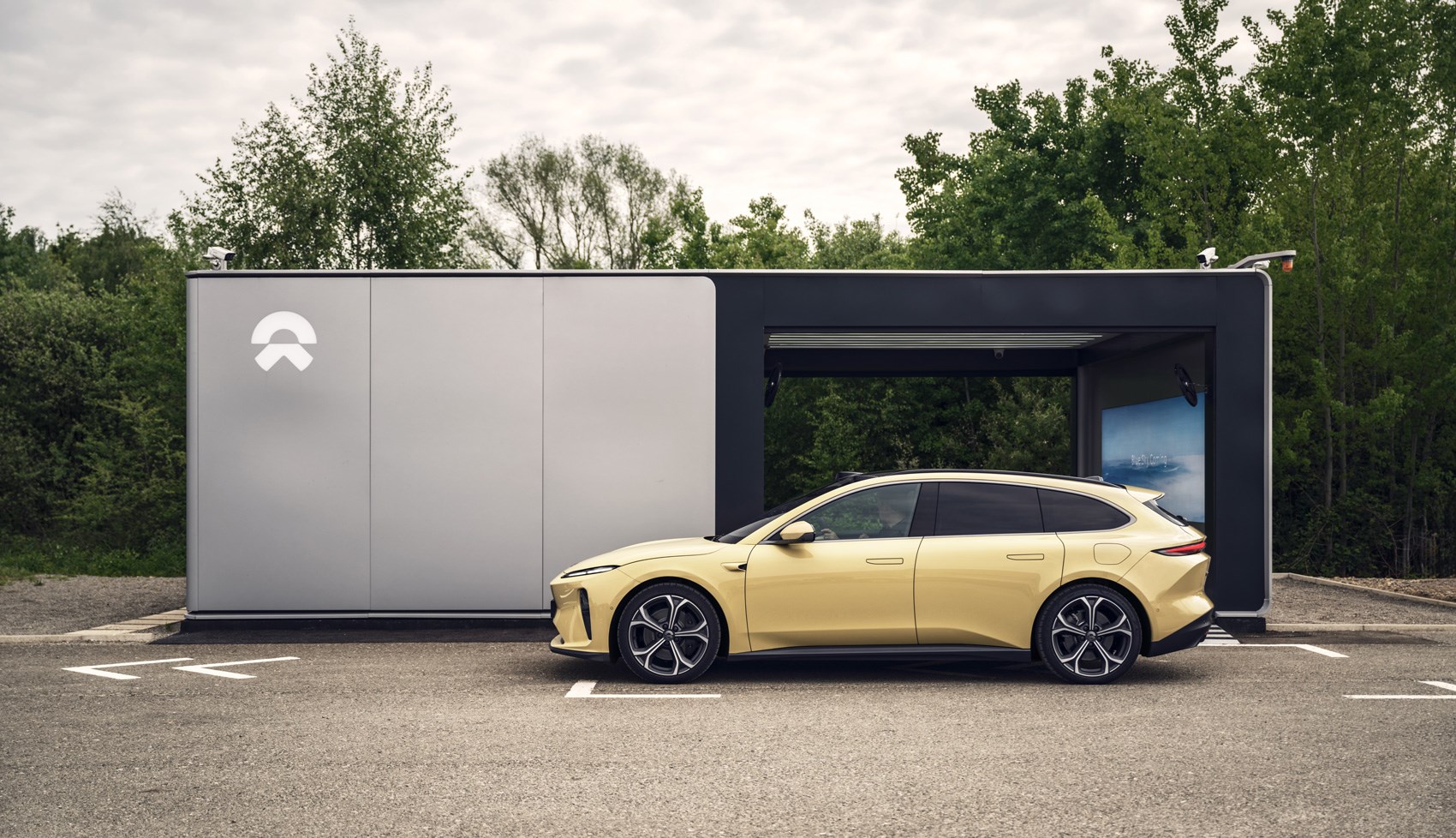
The ET5 is Nio’s smallest car yet, available as a saloon model or a Touring estate model (pictured above at a PSS) in Europe. It’s designed as a baby executive model in the brand’s line-up and is arguably a car more for the traditionalist who hasn’t yet been lured by the on-trend SUV. And that’s deliberate; Nio is aiming to make more of its cars focused for the European market, with Zhang throwing around a ‘by Europe, for Europe’ slogan.
The ET5 itself runs on Nio’s second-generation electric platform. Nio says it’s armed to the teeth with technological firepower, with the brand’s senior director for autonomous driving, Mirko Reuter, calling each one of the cars that runs on this platform a ‘supercomputer on wheels.’ All of that computing power is designed to future-proof the car, allow Nio to bring constant updates to the car’s software systems depending on user requirements and make the best use of Nio’s USP: as-standard Lidar sensors.
What are the specs?
Choice is relatively limited, really, as Nio tries to make things as simple as possible at the point of order. Every ET5 comes with a dual-motor powertrain setup for electric all-wheel drive, and develops 483bhp out of the box. Your choice comes in the size of the battery, with a 75kWh or 100kWh pack available in Europe, with a 150kWh pack available in China. Nio claims 277 miles with the 75kWh battery or 360 miles with the 100kWh pack.
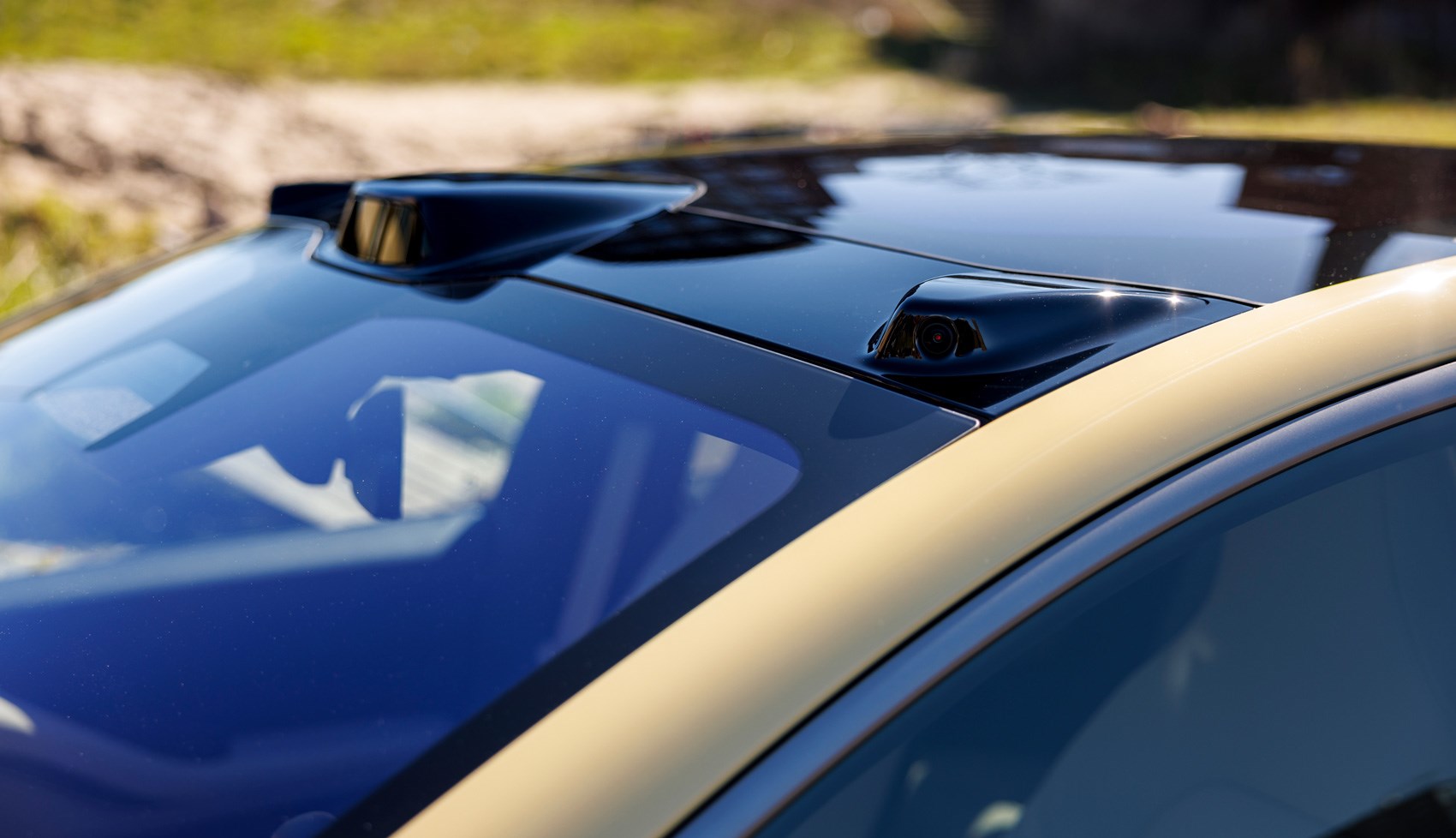
And, like other Nios, you can also make use of those Power Swap Stations but that does come with the utterly enormous caveat of needing to live in China, Norway or Germany (if you don’t already) to access ones that are already built. That said, Nio says it’s on track to build plenty more as its European expansion continues. To make the most use out of the Power Swap Stations, Nio offers a ‘BaaS’ (Battery as a Service) subscription model that lowers the price of the car but you pay a monthly fee for a select number of included battery swaps a month.
Then it’s just colours and options, including some interesting hues (in interesting names like pastel pink-like ‘First Light Kiss’ or a very custard-like ‘Sunbathe Yellow’) for both the exterior and interior and some additional trinkets like ‘intelligent glass roof dimming’ and a tow bar. Both 19- and 20-inch wheels are available, too.
What about the interior?
While the exterior might look rather plain (if quite sleek – even with its bulbous Lidar ‘watchtower’ on the roof), the interior keeps that simplicity but it altogether feels a bit more… interesting.
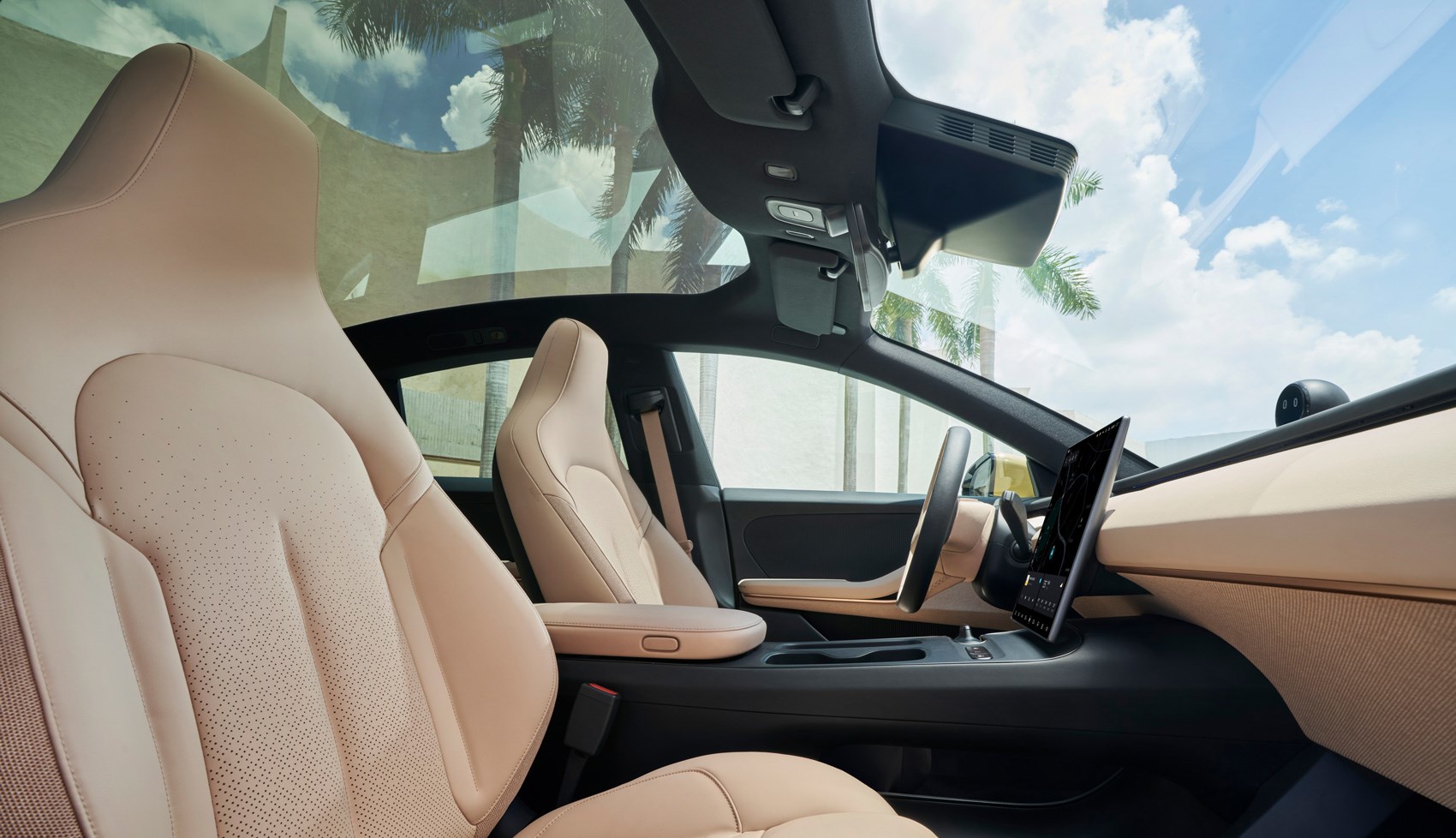
One thing to note straight off the bat is the interior quality. Every material you touch and plenty you wouldn’t normally look deliberately designed and feel good, with sleek details like the door grab handles sculpted into the dashboard design. Nio has used recycled materials whenever it can, claiming that each ET5 uses more than 100 PET bottles in its construction, and you can spot composite materials like the panel that covers the centre console (which has a neat wireless charging pad and two deep cupholders in it). Overall, this feels like a well put together car – and one that’s less plasticky than the i4 or Model 3 in particular.
Jump in the driver’s seat and you’re greeted with a remarkably high driving position, however – as a tall (6ft 2in) driver, the seat felt as if it needed to drop another three inches or so to really get the best seating position. That said, the seats themselves are reasonably comfortable and have good adjustment elsewhere. Visibility good out of the front, but the saloon’s shallow rear window obscures things rearward.
You look through the steering wheel at a shallow but wide driver instrument display that shows graphics similar to the likes of Tesla, as well as Volvo and Smart, in that it displays a real-time graphic of the car in its lane and what it can see around it. Like Tesla, it spots things like traffic cones.
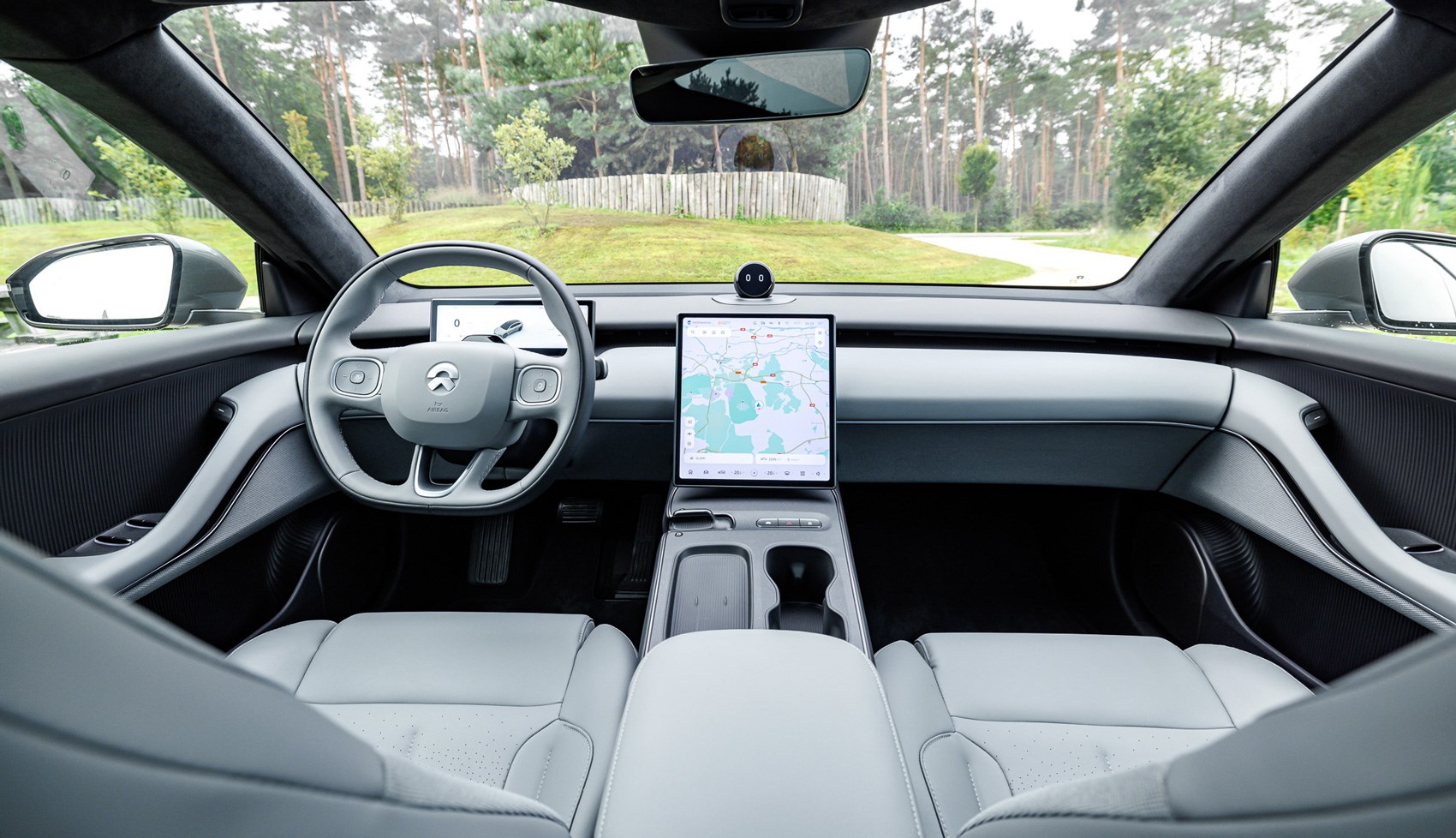
And then there’s the main 12.8-inch AMOLED screen, which is absolutely brimming with software and tech. Like Tesla’s display it’s a bit… busy, with pretty much all of the car’s settings based on it. It takes a while to get used to, with even adjustments like the steering wheel and door mirror position needing to be done through the screen – something that you’ll do once and then likely not do again, though. But still, settings like adjusting the climate require a tap or three on the screen and there are quite a few menus to dig through.
Happily, quite a lot of those functions can be changed or activated by voice using Nio’s voice assistant, Nomi. The assistant has been developed in-house by Nio and gets regular over-the-air updates from HQ; most recently, Nio has integrated an AI GPT program from Microsoft to make it more conversational. Nio’s also conscious that the cutesy, animated physical Nomi avatar that sits on top of the dashboard appeals very much in China but may be less so in Europe, so has provided the option of an animated light to replace the talking head.
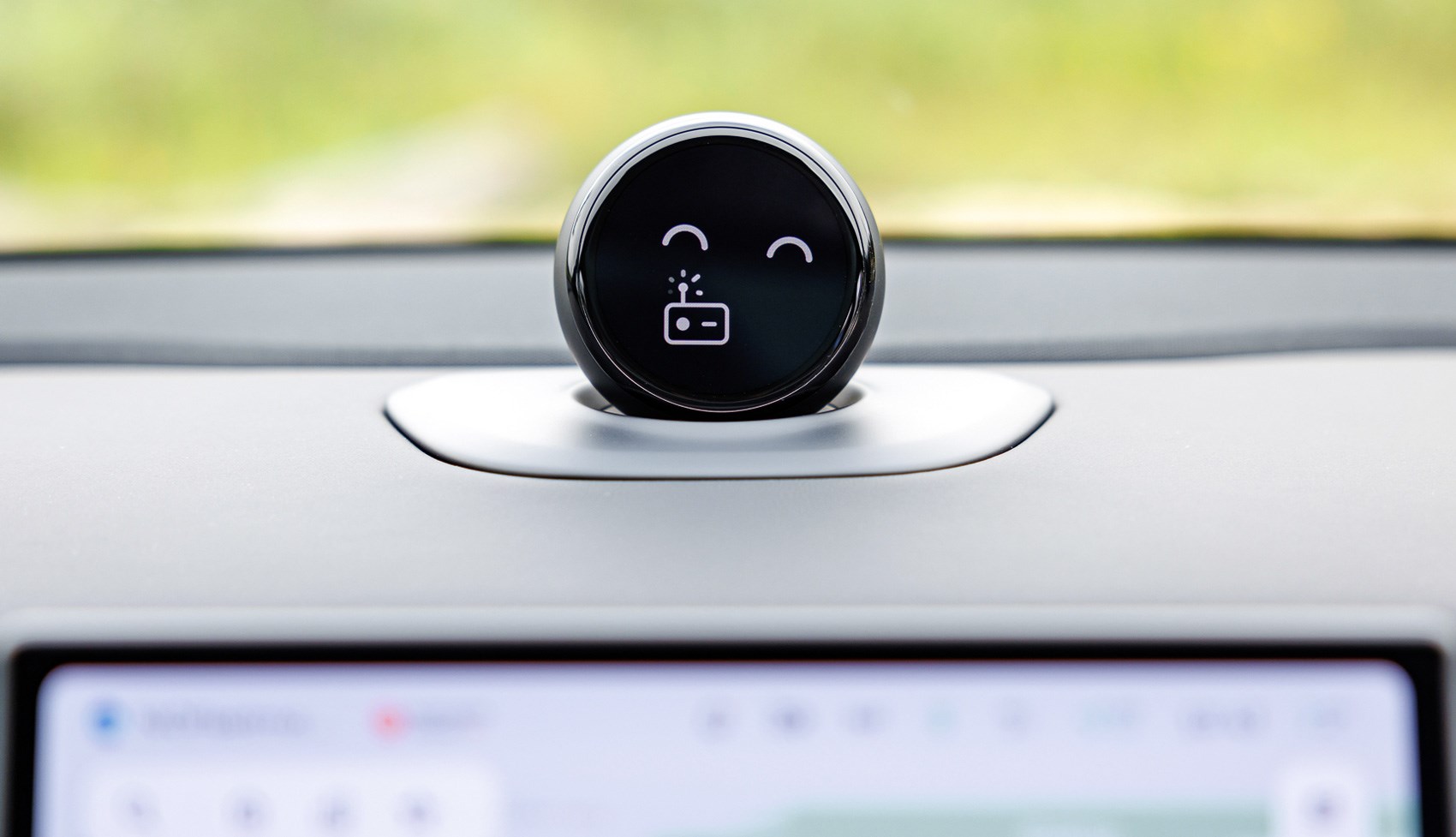
And Nio regularly provides its users software updates. The most recent one at the time of writing, named ‘Banyan 230’, includes a function similar to Hyundai/Kia/Genesis’ Blind Spot View Monitor that activates the side cameras when you indicate. And that’s besides all of the as-standard driver assistance tech, including Nio Pilot semi-autonomous driver assistance that’s enhanced by the use of Lidar.
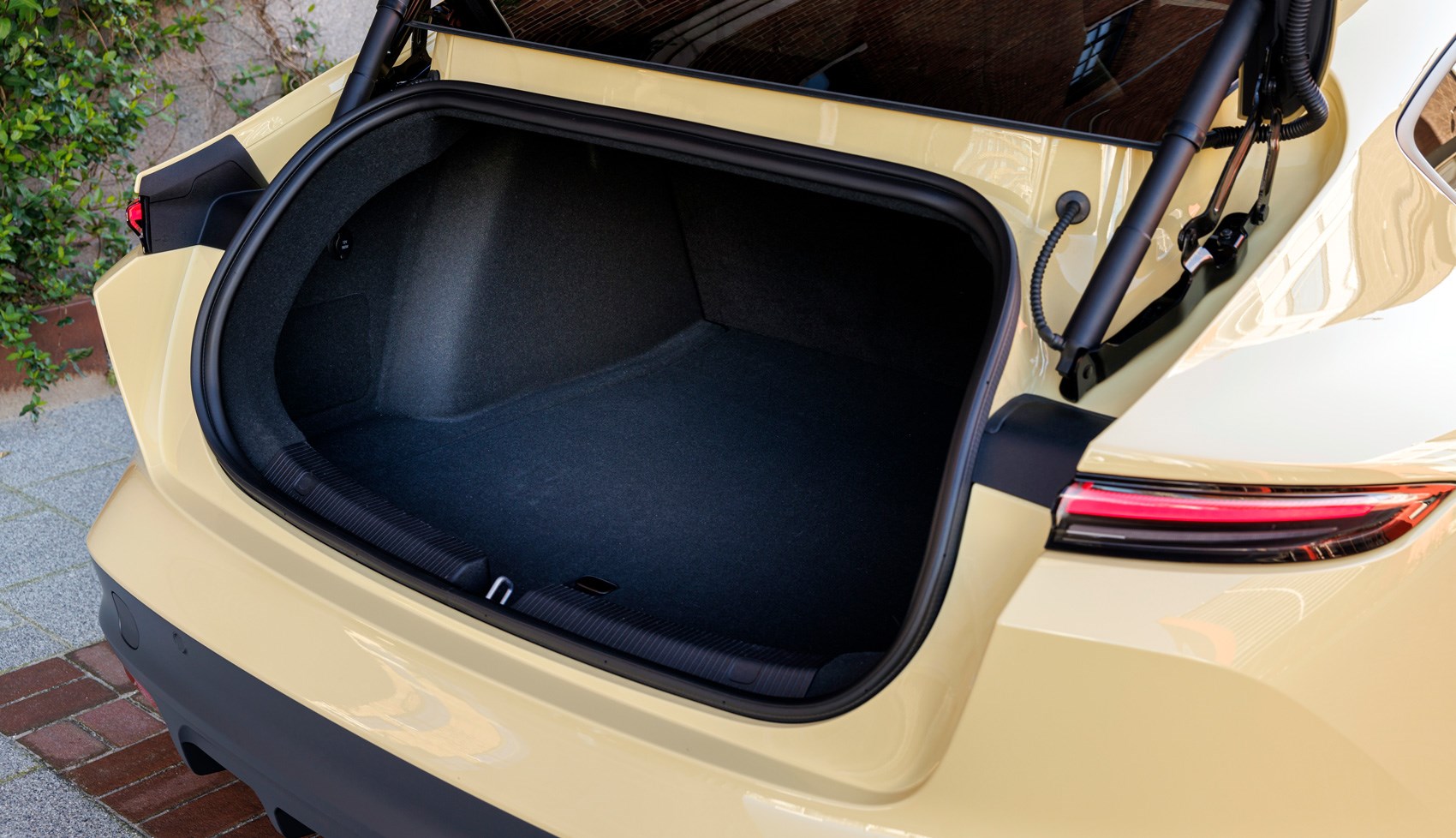
As for overall space, the ET5 feels roomy beyond its footprint and wheelbase would imply. There’s a big cubby under the centre console and large door bins up front, and legroom even for tall people sitting behind tall people is very good. The saloon boot space is hampered by a small aperture, mind – the Touring model features a hatchback tailgate for better access.
How does it drive?
Performance is strong, with brisk, no-nonsense acceleration expected of an electric car and plenty of grip. You can adjust the power delivery via one of the car’s nine (yes, nine!) drive modes, including everything from Eco to Sport+ with ones like Wet, Snow and even Sand included. The hard-charging acceleration drops off after around 70mph, and the car hits a pretty strong top speed buffer of 124mph (which we saw tested on the autobahns outside Berlin).
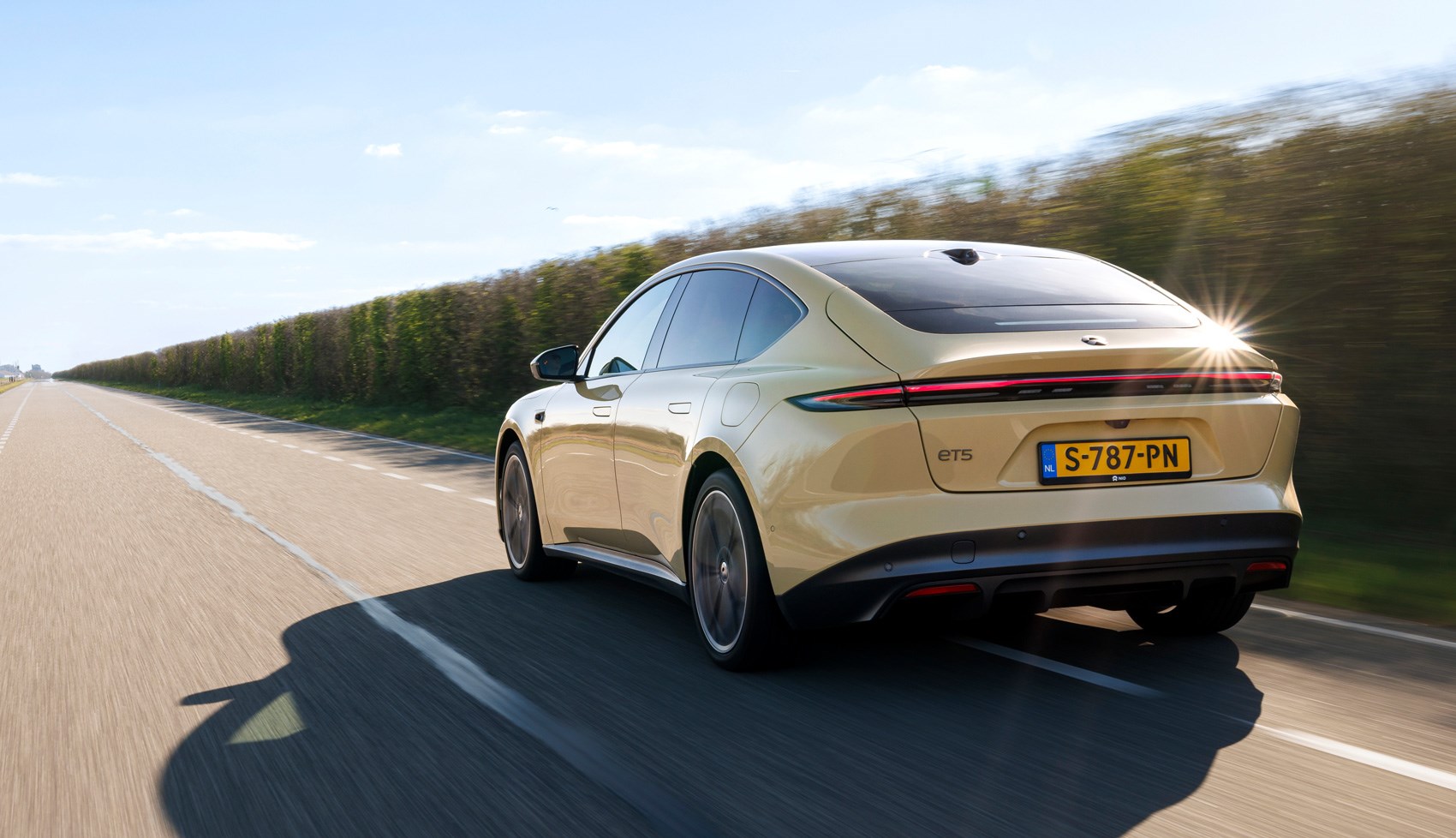
The steering is an interesting one. It’s very light, but feels very direct and alert at low speeds – almost like the power assistance has skulled a sleeve of Pro Plus tablets before you got in. But then it doesn’t really slacken off enough as the speedo’s numbers increase; on the motorway, it’s a little twitchy and doesn’t really settle enough for you as a driver to do the same. That said, Nio Pilot can manage motorway driving deftly instead; the assistance tech is among the smoother ones we’ve tested.
As for the ride and handling, think of it as something akin to a BMW M Sport model. The ET5 does without air springs like the larger ET7 or some of Nio’s SUVs, so the ride is chatty but not overtly uncomfortable. There’s some jostling over larger bumps, but overall the ET5 rides reasonably well – arguably better than a Polestar 2.
Before you buy
Frustratingly, this part is a bit moot in the UK – because you can’t yet buy one here. Despite Nio saying it will eventually launch into the UK market, it hasn’t done so yet as it slowly builds foundations in Continental Europe. Zhang told CAR at the opening of the brand’s new Smart Driving Technology Centre in Berlin that ‘we are committed to our global expansion goals,’ but couldn’t yet put a date on a UK market launch. Which is a shame, given Nio already has roots in the UK; it built its first EP9 hypercar in the UK, and has an R&D base in Oxford.
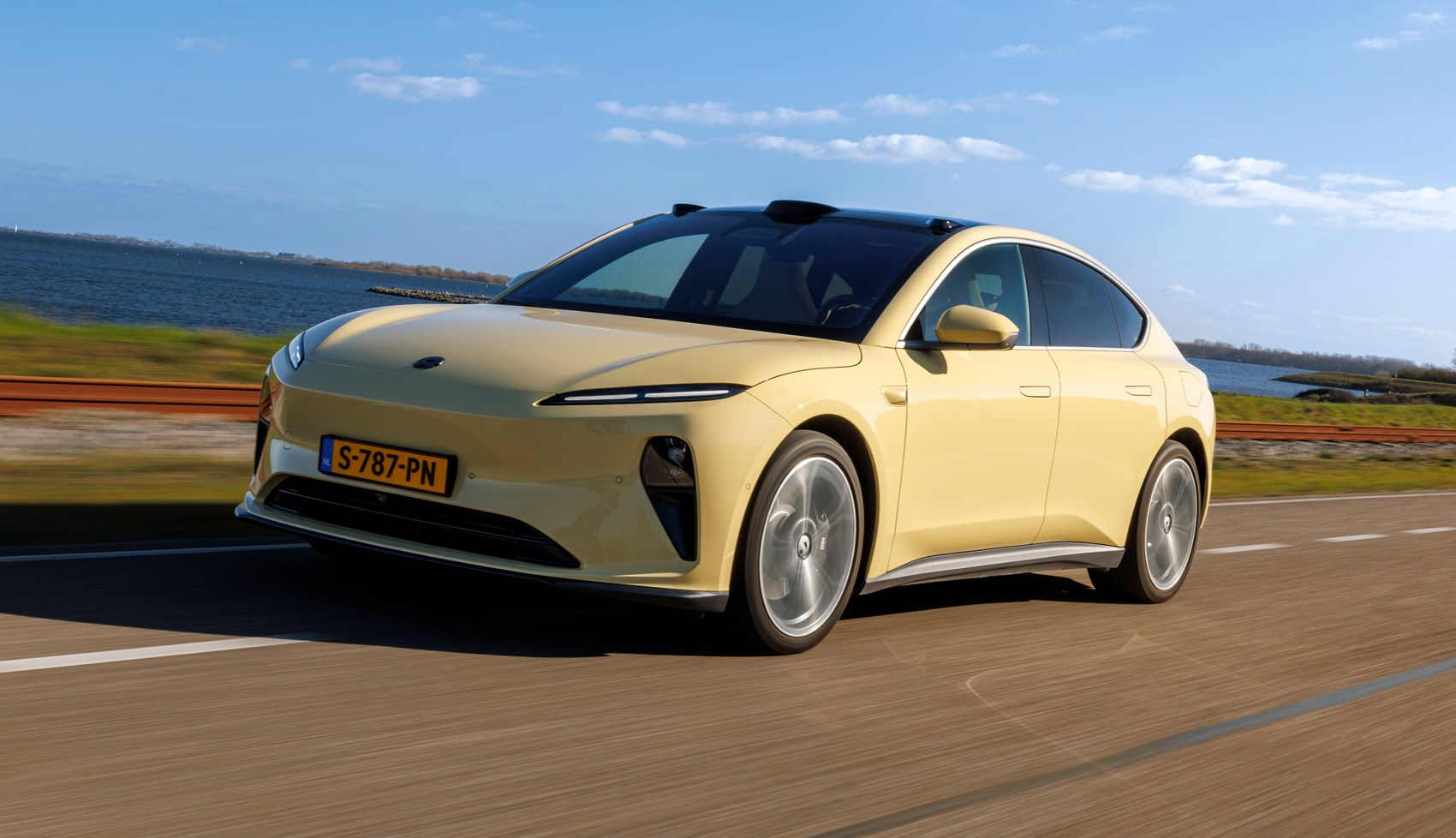
However, what’s actually more unfortunate for the ET5 is that it sits in an electric car segment that’s flush with cars we like an awful lot; those likely looking at an ET5 have probably already been cross-shopping between a Polestar 2, BMW i4 or Tesla’s Model 3 for example.
Verdict: Nio ET5
By Europe, for Europe. That chant from Nio’s European boss may just be marketing guff but the ET5 shows Nio’s serious about that claim, as it’s quite possibly the brand’s most appealing car to the heartland of the European EV buyer.
While there are some odd quirks and some of its rivals handle with more aplomb than the ET5, Nio’s mainstream EV is sleek, brimming with future-proofed technology and has an interior quality that can better some of its rivals.